Dance at Bougival remains the most popular and idyllic amongst the three popular dance paintings by Pierre-Auguste Renoir. It inspired many artists. Monika, an art historian, tells us about it. An exclusive for Different Truths.
‘Dance at Bougival’ captures a couple dancing. A man dressed in a navy-blue casual suit and a lady in a bourgeois simple yet fashionable pale pink costume. They’re seen whirling dearly amidst the café goers at an open cafe.
Pierre-Auguste Renoir was born, in 1841, in Limoges, France. In 1845, his family shifted to Rue d’Argenteuil, near Paris, in the vicinity of Louvre. He became an apprentice to a porcelain painter when he was thirteen years old and was devoted to singing but couldn’t pursue it due to family financial constraints. He studied under Charles Gleyre, at the studios of Gleyre and Signol to hone his painting skills but eyed Ecole des Beaux Arts. In 1864, at the age of 23, Renoir debuted his painting ‘La Esmeralda’. It didn’t take him long to become one of the cardinal members of the Impressionist movement.
Dance Series of Paintings
It was in early 1880s, when Paul Durand-Ruel, a French art dealer, saw his Dance series of paintings and started to apportion and purchase from him. In the process, Renoir started studying the Old Grand Masters. Soon his art followed a paradigm shift from Impressionism to Renaissance Naturalism. He modified tremendously, thereafter, on figurative sketches.
Critics observed a steep change in his style and his impressionism characteristics were appreciated.
By the end of 1883, Renoir had completed a succession of ‘Couple Dance’ series; ‘Country Dance/Danse à la campagne, 1883’, ‘City Dance/Danse à la Ville’ and the most revered ‘Dance of Bougival/La danse à Bougival’. Critics observed a steep change in his style and his impressionism characteristics were appreciated. His soft figurative style, with a perfection in outline and form set an example in the art world. Though the series was never considered in the same bracket, the recreations portrayed a difference in ambience, visual effects, and peculiarity of urban and small-town mannerisms.
Affinity and Romance
Dance at Bougival remains the most popular and idyllic amongst the three. It reveals the couple’s affinity and romance. It’s assumed that the man is whispering something in the ear of his lady love, probably promising her to buy a new boutonnière, which has fallen off her buttonhole during the dance.
The bliss of fondness is quite visible between the couple, even though only the side pose of the man is visible to us.
The bliss of fondness is quite visible between the couple, even though only the side pose of the man is visible to us. The young lady, on the other hand, is seen blushing; the colour of her skin blending with the colour of her beautiful dress. Her body is arched to the dance as she looks away, looking gleeful with her dance partner. Her lover’s eyes are seen obscured by his boatman’s straw hat; probably indicating his intentions through his body language while waltzing with the lady in his arms.
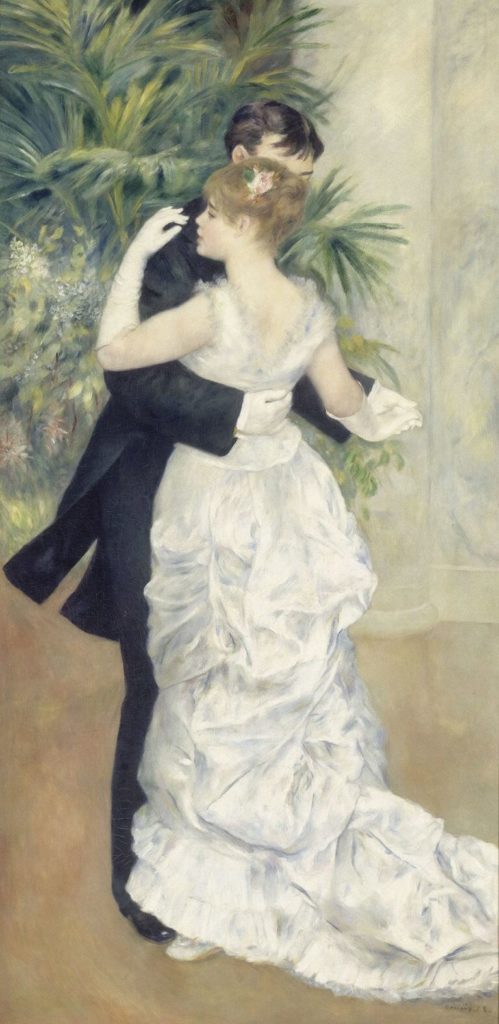
City Dance, (Danse à la Ville) 1883 Oil on canvas; 180 × 90 cm Paris: Musée d’Orsay 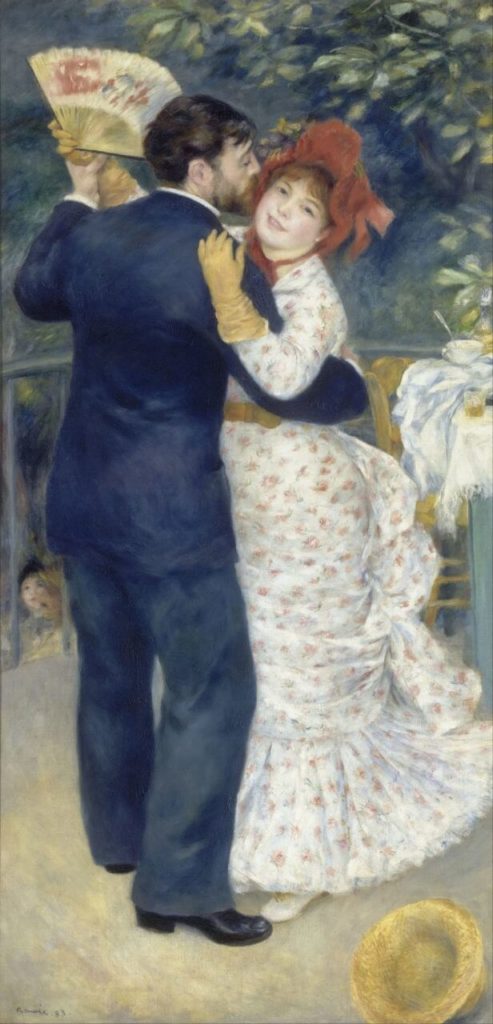
Country Dance (Danse à la campagne) 1883. Oil on canvas; 180 x 90 cm Paris: Musée d’Orsay.
Immaculate Portrayal
The detailing of the lady’s dress is portrayed immaculately. The Basque stretching towards her lower back, waist accentuated with a golden cummerbund, minutely depicting the details of folds at the collar and near elbow. The formation of perfect folds caused by the dance swirls are also noticed. The creases formed by the scarlet-coloured edges are portrayed beautifully. The same-coloured bonnet, with a tied bow under her chin and purple berries attached to it at the crown shows the mastery of visualisation.
The male dance partner is seen wearing a straw hat, two colour shoes, and a navy-blue suit.
The male dance partner is seen wearing a straw hat, two colour shoes, and a navy-blue suit. He wears his coat open, allowing a blue jersey and white shirt to emerge through his coat sleeves.
The excellence in showing the unparalleled style of the dresses goes to his background. Renoir’s father was a tailor, and his mother was a seamstress. So, he grew up with a keen eye for fashion statements.
Renoir Celebrated Beauty
Renoir celebrated beauty and it was noticeable in his paintings. He defined feminine elegance, a person’s sobriety with ultimate delicacy. He used saturated and vibrant colours in free brush touches, to enhance his portrayals.
It is assumed that the lady muse in the two paintings of Auguste Renoir, ‘Dance of Bougival’ and ‘City Dance’ is Marie Clementine Valadon…
It is assumed that the lady muse in the two paintings of Auguste Renoir, ‘Dance of Bougival’ and ‘City Dance’ is Marie Clementine Valadon, an aspiring artist those days, who grew to be another professional Impressionist. The male dancer is probably Paul Lhote, a writer friend of Renoir’s; writer of a short story titled, Mademoiselle Zelia, for which Renoir did a pencil sketch of ‘Dance of Bougival’, with little changes. He removed the cigarette butts from the ground, and replaced the wine glass with the beer glass. The models in his painting, Country Dance, are Aline Charigot and Paul Lhote.
Bougival, the setting of the painting, is a working-class village located approximately twenty kilometers outside of Paris towards western suburbs.

Dance at Bougival, 1890. Etching on wove paper; 21.9 x 13.3 cm Paris: Bibliotheque Nationale de France. 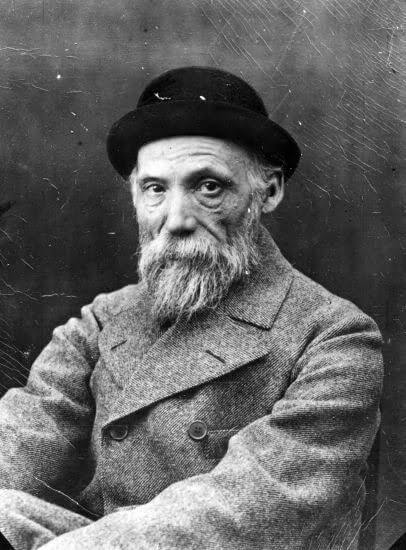
Pierre Auguste Renoir (1841 – 1919)
Huge Success
‘Dance at Bougival’ was displayed along with Renoir’s seventy other paintings, in1883, and was a huge success. A review, in May 1883, in The Academy stated, “It tells perfectly and with real subtlety of understanding the story of its bohemian scene.” In 1890, Renoir did a few more etchings in commemoration of Dance at Bougival. This time he modified the lady’s dress but didn’t change the background scene, keeping the vitality of the painting intact.
Auguste Renoir, in 1890, married Victorine Aline Charigot, who was a dress designer and muse for his several paintings.
Auguste Renoir, in 1890, married Victorine Aline Charigot, who was a dress designer and muse for his several paintings. They had a son, Pierre Renoir, together. In 1907, he moved to the Mediterranean coast and continued his artistic journey at Cagnes Sur Mer inspite of developing rheumatoid arthritis. He continued painting with bandaged hands to prevent skin irritation. In 1919, the last year of his life, he visited the Louvre to witness his brilliant artworks, hung alongside the other august masters of the history of art.
Renoir’s Dance at Bougival is a masterpiece and has inspired many other eminent artists. Sculptor John S. Johnson was so inspired by the painting that he created a twenty feet tall sculpture, which currently stands at PPG Plaza, Pittsburgh, Pennsylvania.
Reference
Visuals sourced by the writer
2. https://en.m.wikipedia.org/wiki/Dance_at_Bougival
3. https://en.m.wikipedia.org/wiki/Pierre-Auguste_Renoir
Visuals sourced by the writer
Feature picture: Dance at Bougival, (La danse à Bougival)1883.
Oil on canvas; 181.9 x 98.1 cm
Boston: Museum of Fine Arts, Boston

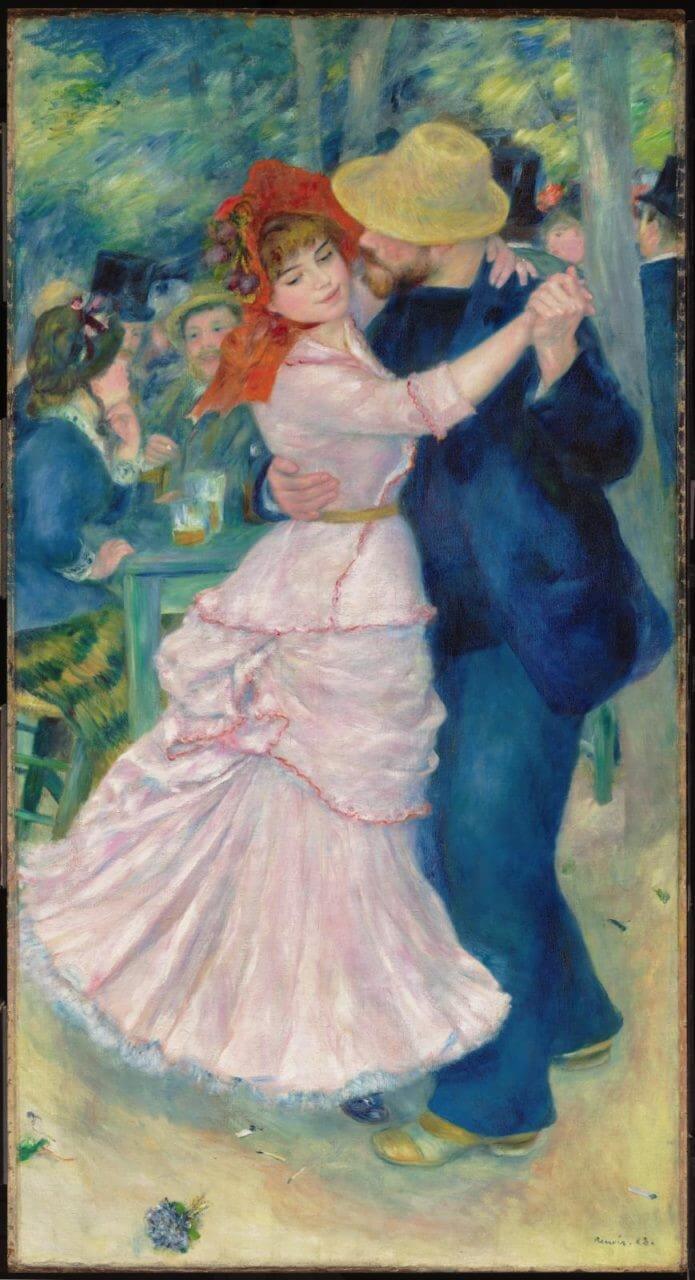




 By
By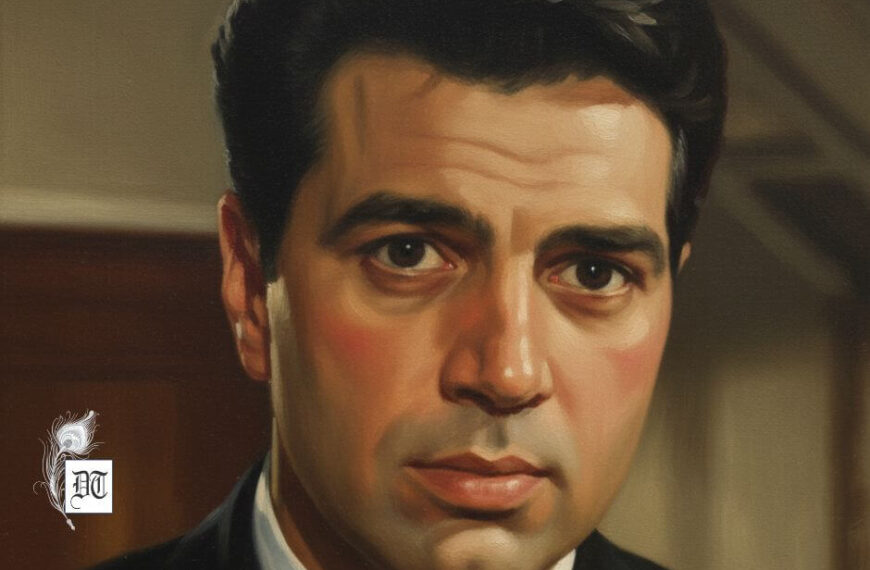

 By
By